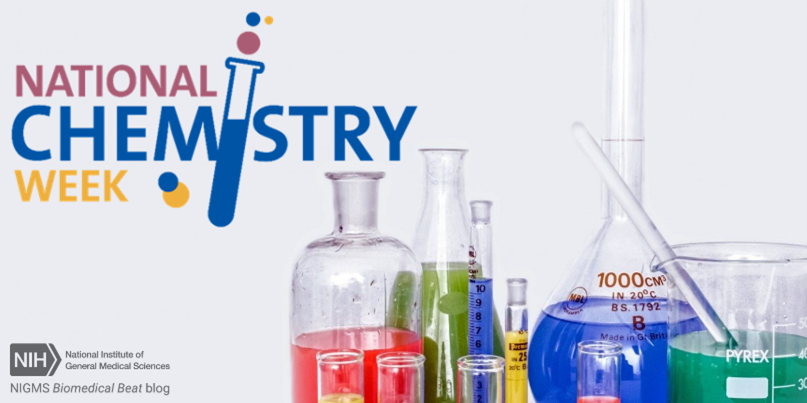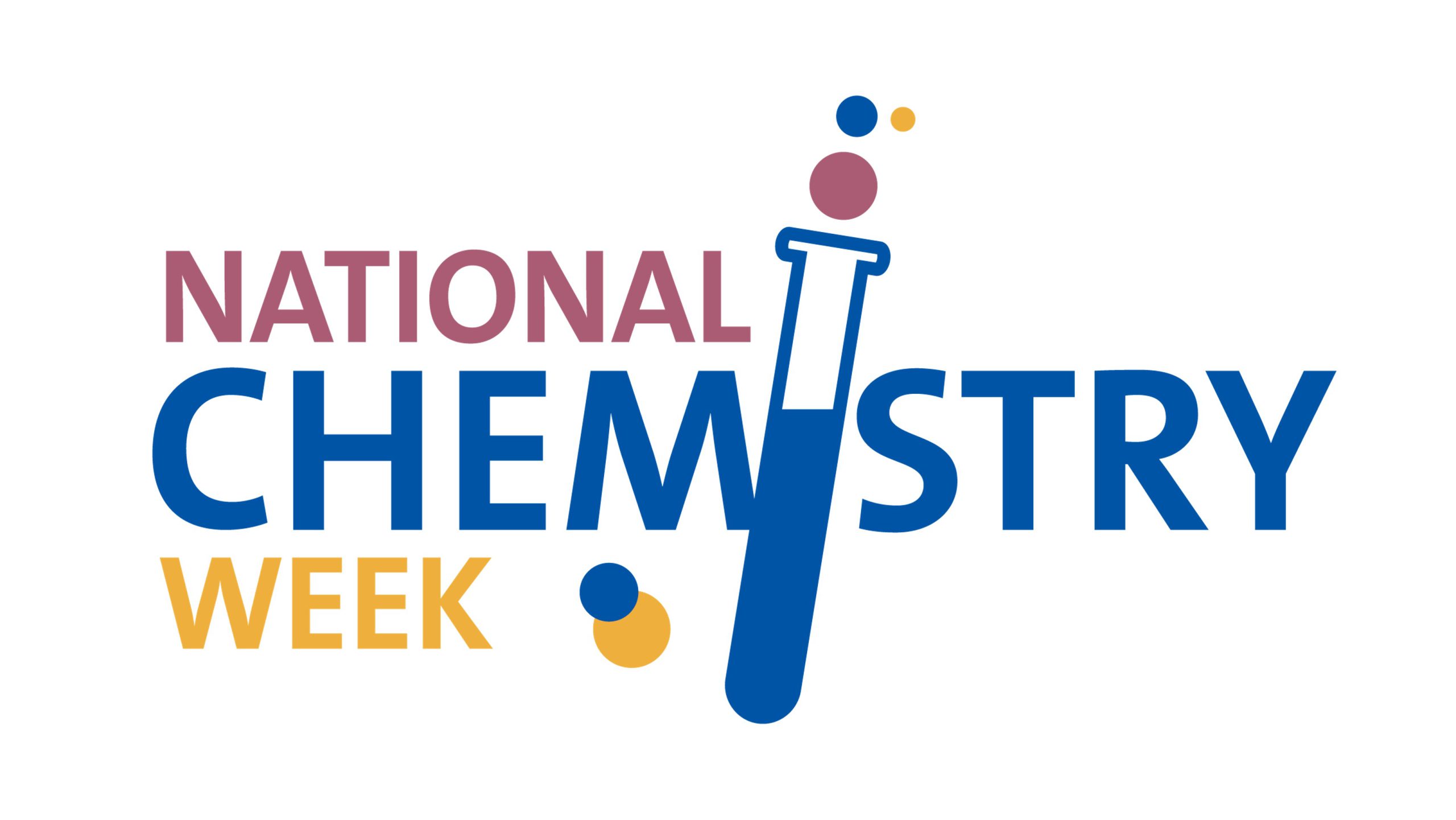 Credit: ACS Website.
Credit: ACS Website.
It’s almost National Chemistry Week (NCW)! Each year, the American Chemical Society (ACS) unites scientists, undergraduate students, high school chemistry clubs, and other groups through this community-based program to reach the public—especially elementary and middle school
students—with positive chemistry messages.
Local groups plan and coordinate NCW events, so while they vary across the country, they often present chemistry education through hands-on science activities to local schools, museums, scouting groups, or Saturday Science events. Lily Raines, Ph.D., manager at the ACS Office of Science Outreach, says, “Some groups have shared the joy of chemistry with children and their families by organizing community science events or hosting booths at community festivals, farmer’s markets, minor league baseball games, local shopping malls, or even rodeos.”
She goes on to say, “ACS outreach partnerships are key to fostering relationships with individuals from underrepresented backgrounds.” Chemists from these backgrounds themselves often volunteer and coordinate outreach for NCW, which allows young future scientists participating in the events to envision having their own successful careers in chemistry and science. Find an NCW event near you!
To celebrate NCW, we’re highlighting a few of the chemists we’ve recently interviewed on the blog. Check out the snapshots below to see what these scientists think about chemistry and to access and read their full stories.
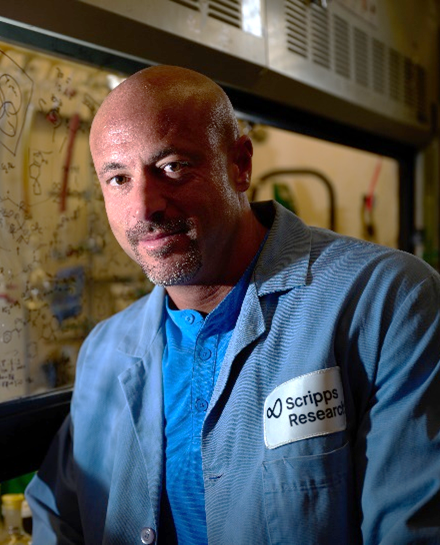 Dr. Phil Baran. Credit: Scripps Research.
Dr. Phil Baran. Credit: Scripps Research.
Discovering Better Ways to Build Medicinal Molecules
Phil Baran, Ph.D., knew from the time he was in high school that he wanted to be a chemist. “I love the mystery of chemistry. It explores the great unknown of the universe,” he says. Dr. Baran now runs a lab dedicated to finding the simplest ways to build useful organic molecules, including medicines. He hopes his efforts will make these compounds easier to produce so they can positively impact more lives.
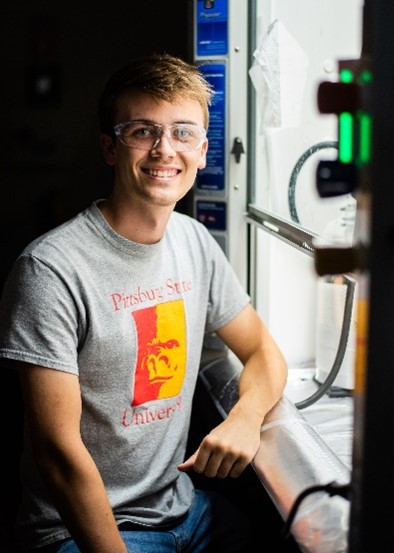 Paul Worsley seated at his chemistry fume hood. Credit: Pittsburg State University.
Paul Worsley seated at his chemistry fume hood. Credit: Pittsburg State University.
Three Brothers Are Making Research a Family Affair
When Paul Worsley sought out a research position in the lab of Santimukul Santra, Ph.D., he had no idea the experience would turn into a family activity. After his twin brothers Caleb and Adam graduated high school, they joined him in the lab, and now the trio works toward developing nanoparticle delivery systems. “I like organic synthesis because it really tests your knowledge,” he says. “Answering exam questions is way different than actually doing it in a lab.” All three brothers are supported by the NIGMS-funded Kansas IDeA Networks of Biomedical Research Excellence (K-INBRE) program.
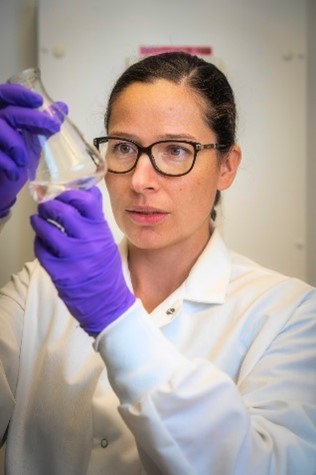 Caption: Dr. Eszter Boros. Credit: Courtesy of Dr. Eszter Boros.
Caption: Dr. Eszter Boros. Credit: Courtesy of Dr. Eszter Boros.
Career Conversations: Q&A with Medicinal Inorganic Chemist Eszter Boros
“I gravitated to chemistry because I loved that we could understand the world at a molecular level and see the macroscopic consequences of microscopic processes,” says Eszter Boros, Ph.D. She’s developing ways to use metals to help diagnose and treat conditions ranging from cancer to antibiotic-resistant infections. In her scientific journey, she traveled from Switzerland—where a “life-changing moment” inspired her research focus—to Canada, and then to the United States, discovering new knowledge with every step.
 Researchers using the new X-ray crystallography equipment at the University of Arkansas. Credit: Dr. Josh Sakon.
Researchers using the new X-ray crystallography equipment at the University of Arkansas. Credit: Dr. Josh Sakon.
State of the Art: New Crystallography Equipment Aids Science and the Study of Artifacts
“I hope that analyzing art pieces will make chemistry more approachable for some students who are normally scared of it,” says Josh Sakon, Ph.D., a professor of biochemistry and director of the X-ray crystallography center at the University of Arkansas. The center has long supported biomedical researchers in determining the detailed 3D structure of proteins. Now, thanks to equipment upgrades, scientists can also perform analyses to help art museums authenticate, restore, and learn more about their pieces.
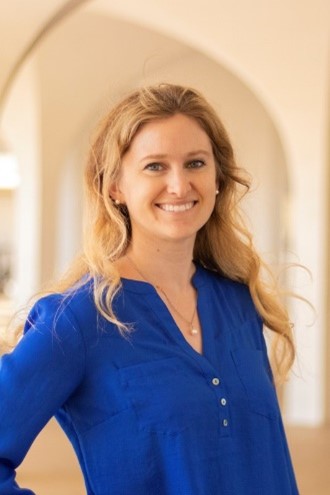 Dr. Alexis Komor. Credit: Michelle Fredricks.
Dr. Alexis Komor. Credit: Michelle Fredricks.
Career Conversations: Q&A with Biochemist Alexis Komor
“Chemistry has this nice balance because it allows you to not only understand how things work on a molecular level but also see how those molecular workings relate to everyday phenomena—for example, understanding how DNA damage on a molecular level can lead to negative health outcomes,” says Alexis Komor, Ph.D. She developed a groundbreaking genome-editing tool as a postdoctoral researcher, and she’s now running her own lab and studying how variations in DNA affect our health.


